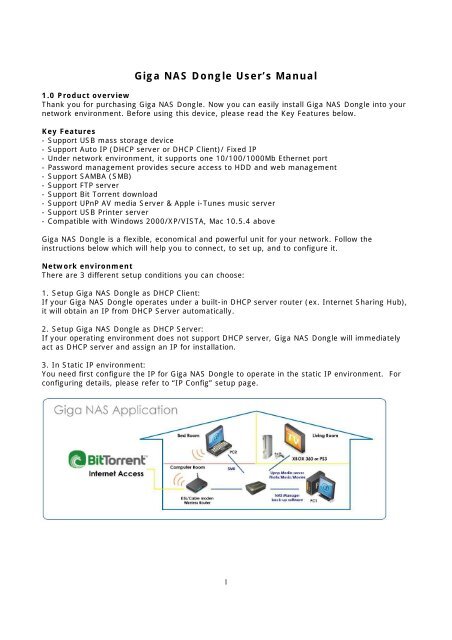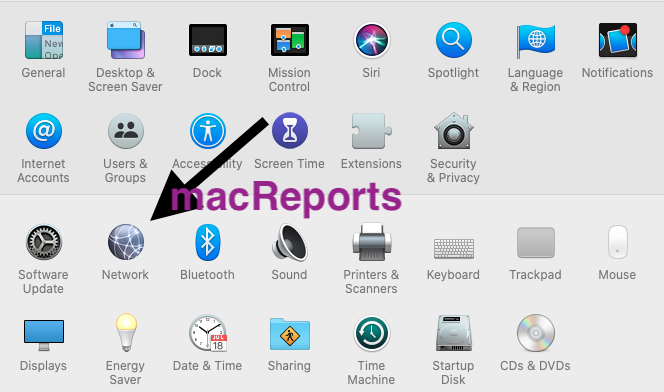
- #NETWORK CONFIGURATION FOR FTP MAC UPDATE#
- #NETWORK CONFIGURATION FOR FTP MAC SOFTWARE#
- #NETWORK CONFIGURATION FOR FTP MAC PASSWORD#
- #NETWORK CONFIGURATION FOR FTP MAC DOWNLOAD#
- #NETWORK CONFIGURATION FOR FTP MAC MAC#
#NETWORK CONFIGURATION FOR FTP MAC PASSWORD#
If using a custom set of user credentials is desired then they can be changed manually on each phone prior to provisioning by accessing the Settings > Advanced > Administration Settings > Network Configuration > Provisioning Servermenu.įor this lab environment the Windows Active Directory password policy was customized to disable strong password complexity requirements as the default password does not meet the complexity of the default Windows AD password policy.

The name comes from the string ‘ Po ly co m Sound point Ip’. The leading ‘p’ is uppercase, followed by a lowercase ‘L’ ‘c’ ‘m’, then an uppercase ‘s’, lowercase ‘p’, uppercase ‘i’, lowercase ‘p’. It can be difficult to discern if some of these characters are an i, L, or a 1. (Traditionally username are not case-sensitive while passwords are, but this may depend on the actual file server product used.) The default credentials use the same string for both the username and password and are stored in as case-sensitive so if the FTP server uses case-sensitive username and/or password make sure the uppercase and lowercase characters are used correctly.

Authenticationīefore setting up the file server it is important to understand that the UCS firmware is pre-programmed with a default username and password which is used during authentication to the provisioning server. It is not recommended to use an existing Lync Server also as the FTP server, thus the guidance that a separate Windows host be utilized. Specifically Microsoft FTP services in Internet Information Server are used in this example, running on Windows Server 2012 on a dedicated host. ringtone) as well as diagnostic and call logs. Additionally the device can also upload files to the directory to store device-side settings (e.g. By default the firmware packages are stored at the root of the directory and each individual phone model is programmed to look for a specific filename unique to each model (e.g. Regardless of which file is downloaded it will contain a defined parameter which tells the device where to locate firmware packages and what (if any) additional configuration files to look for. 0004f28062d6.cfg) but if that does not exist then it will revert to loading the default master configuration file provided in the UCS distributable package (e.g.
#NETWORK CONFIGURATION FOR FTP MAC MAC#
First the device will look for a configuration filename matching its MAC address (e.g. If this information is found then it will connect to that file service, authenticate with a pre-configured username and password, and then look for one of two specific filenames stored in the root directory. When a factory-reset device is first powered on it will check for specific DHCP Options that may be defined on the network which would provide a path to the provisioning server. In this article a basic FTP server will be used but the phones also support the TFTP, HTTP, and HTTPS protocols.
#NETWORK CONFIGURATION FOR FTP MAC SOFTWARE#
Polycom UCS devices can utilize a variety of different file server platforms to store and manage both firmware packages and configuration files, no additional third-party software is required.
#NETWORK CONFIGURATION FOR FTP MAC DOWNLOAD#
The phones will look for specific firmware files to perform an upgrade/downgrade and will download and upload configuration data in XML files. The provisioning server is not a specific product or solution, it is basically just a centrally-accessible file store which contains certain files that the devices are programmed to look for. When looking to provision any of these out-of-band features, like Paging, or when dealing with device firmware updates then it is required to deploy a centralized server to provide this today. VVX400) do also receive a lot of information in-band from the Lync Server, UCS devices contain a variety of configurable parameters available outside of what the Lync Server can provide itself.
#NETWORK CONFIGURATION FOR FTP MAC UPDATE#
CX600) receive all of their provisioning information and software update packages directly from a Lync server.

Traditionally Lync Optimized devices (e.g. Also note that some of this guidance differs from instructions found in the official Polycom provisioning guides, most importantly the guidance to use a large number of parameters which no longer need to be defined for Lync interoperability as of the introduction of the Lync Base Profile. Instead this process alone can be used to deploy a basic provisioning server in a lab or testing environment when evaluating Polycom SIP phones, and much of the guidance contained reflects a non-production scenario. This article is not intended to replace or accompany any official Polycom documentation.

The process documented in this article can be used in any Lync 2010 or 2013 environment to setup a centralized provisioning server for managing Polycom SIP phones running Polycom Unified Communications Software (UCS).


 0 kommentar(er)
0 kommentar(er)
